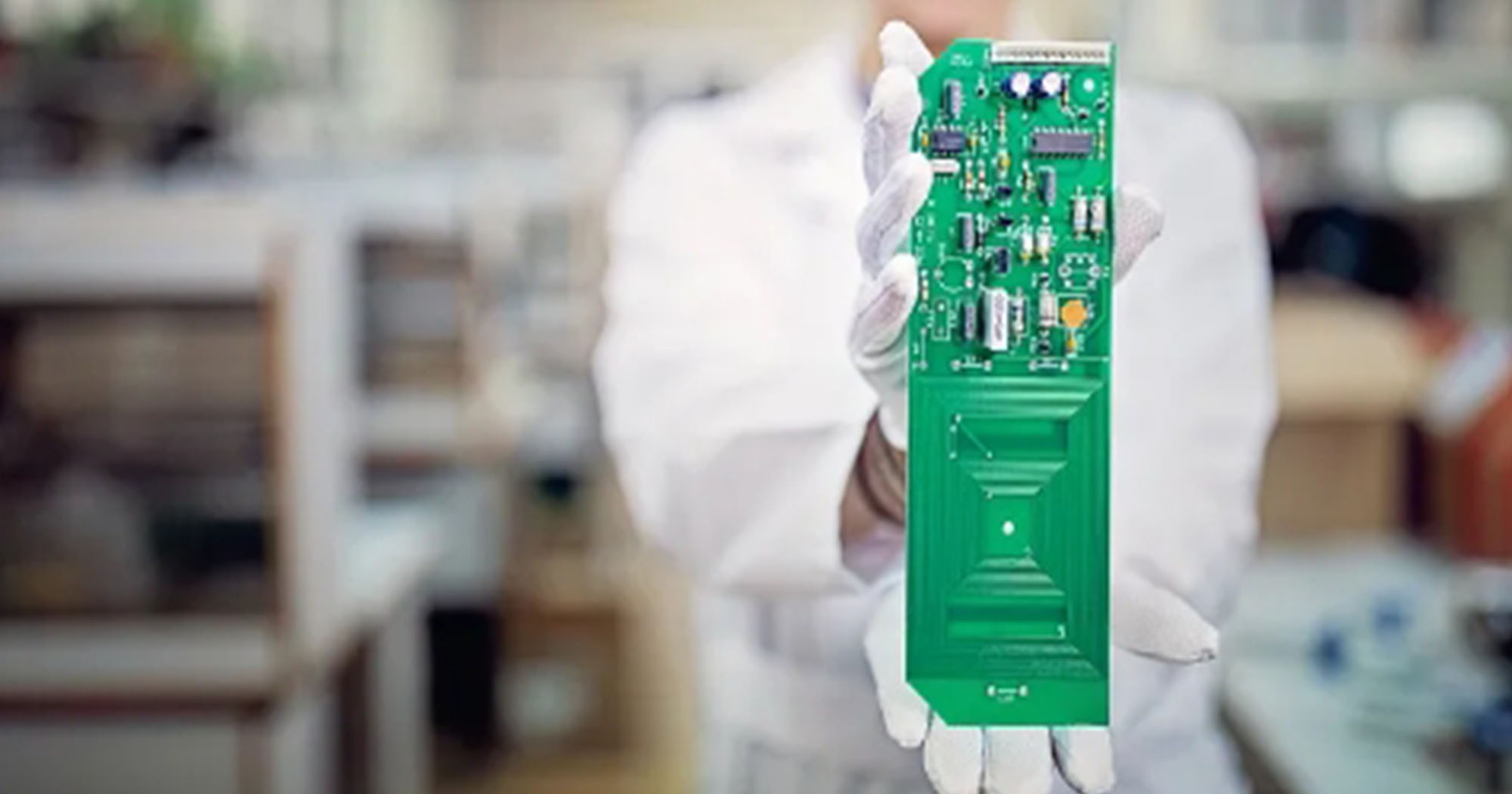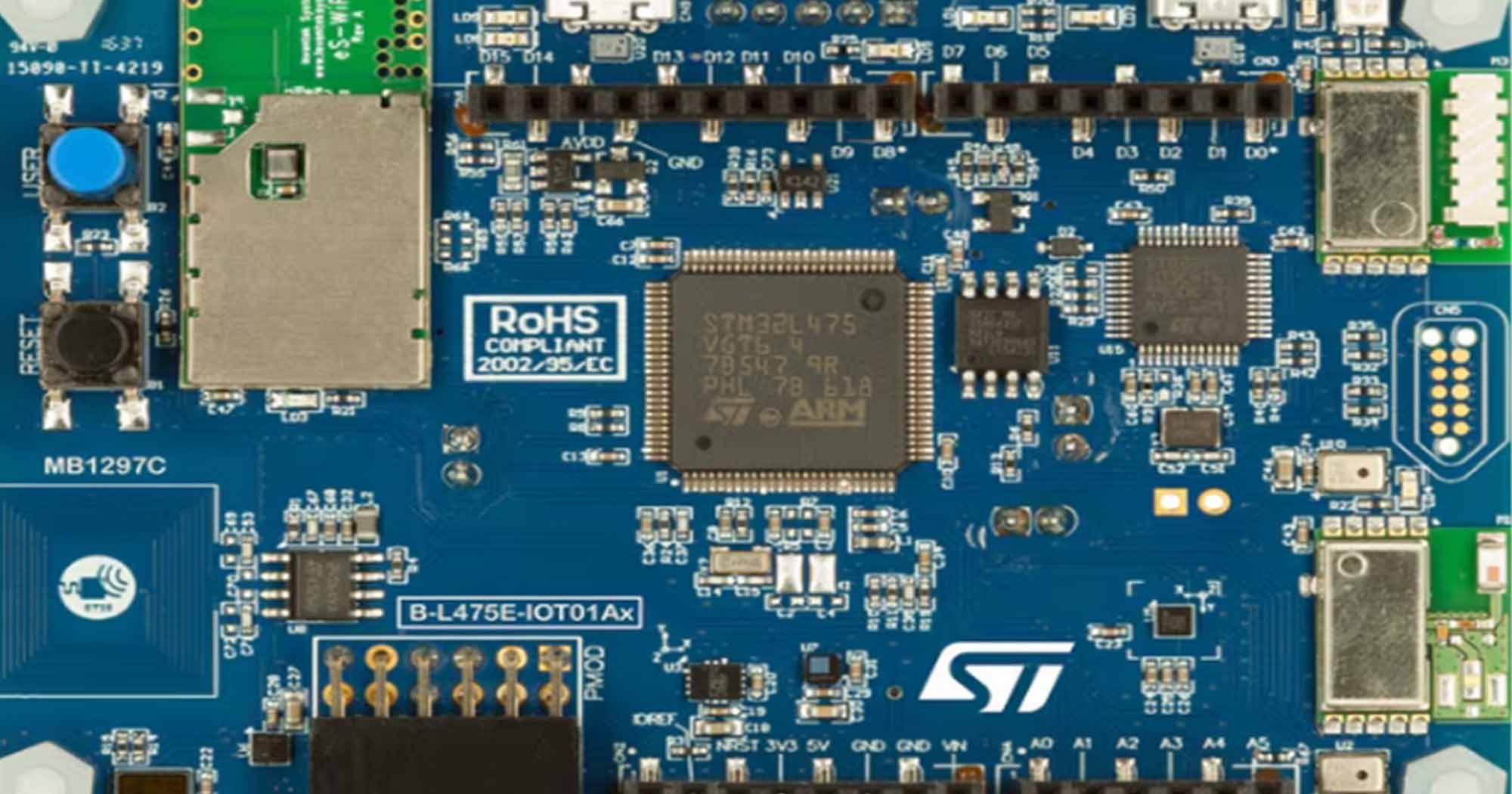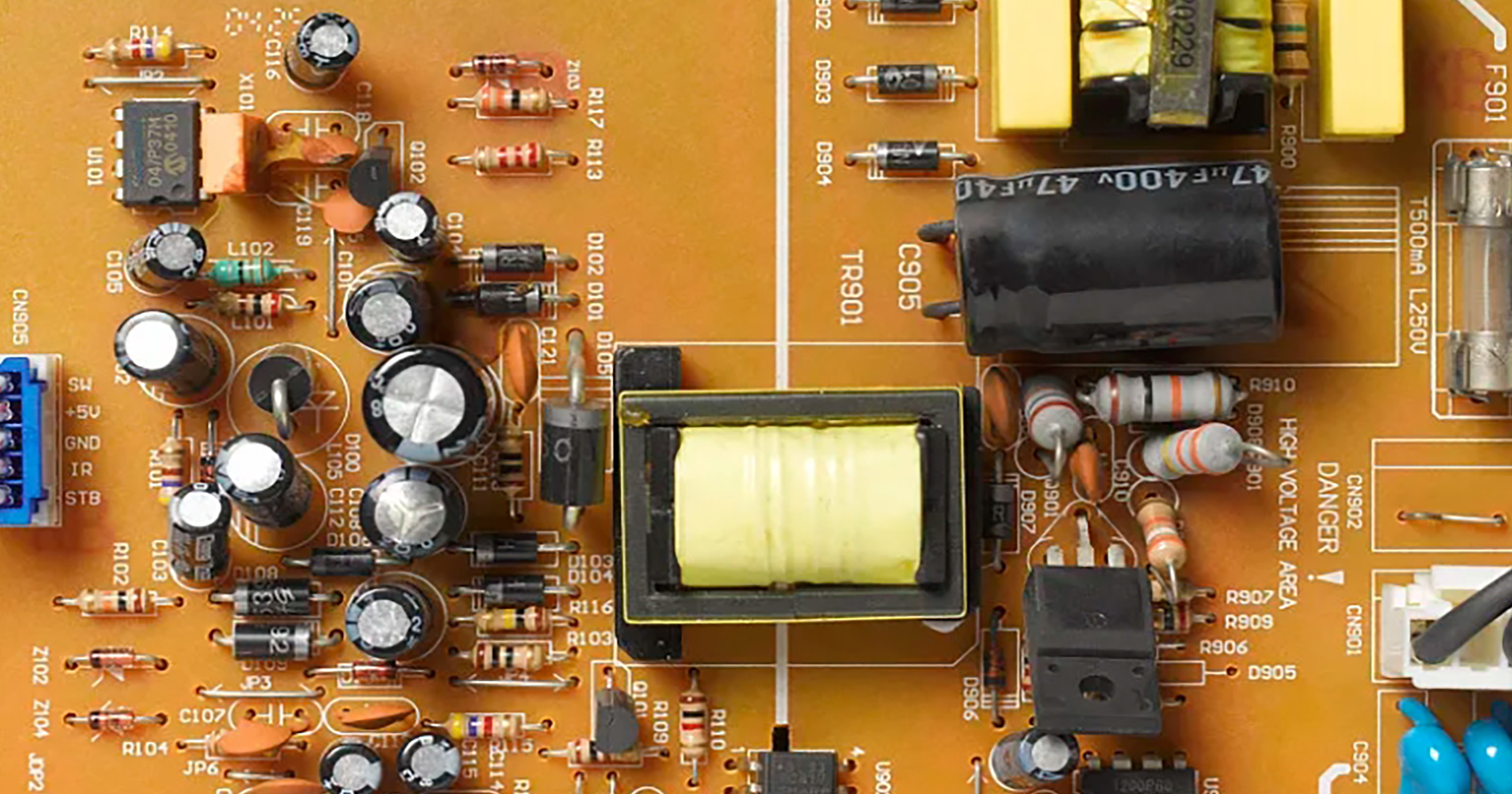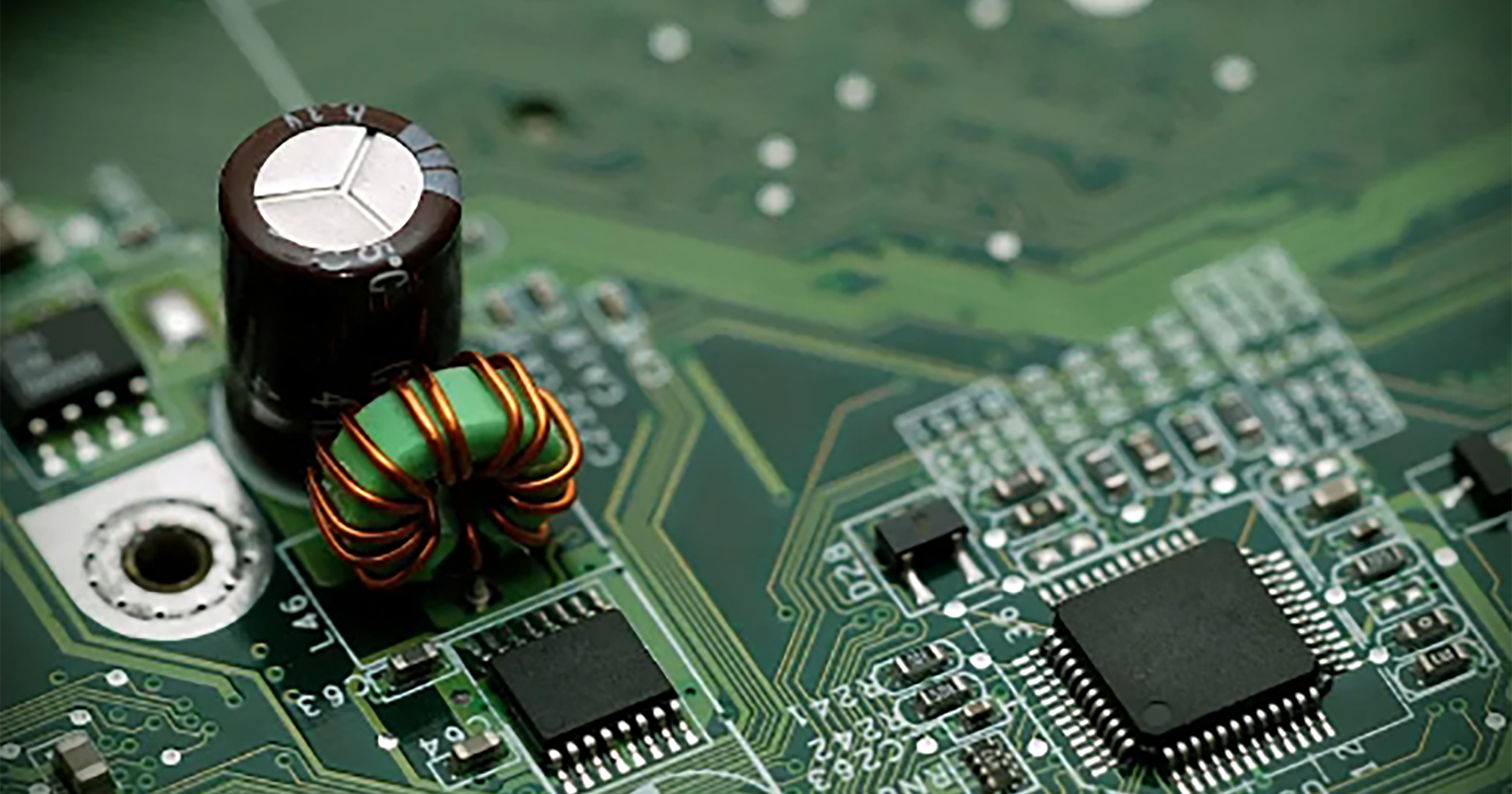Exploring Resistor Types, Applications, and Key Specifications for Electronics Industry Professionals
Resistors are foundational components in almost every electronic device, from smartphones to industrial machinery. Understanding their specifications, types, and applications is essential for procurement professionals, engineers, and anyone in the electronic components industry. This article provides an overview of resistor manufacturers, popular part numbers, application insights, and packaging details, all aimed at enhancing knowledge and decision-making for professionals in the industry.
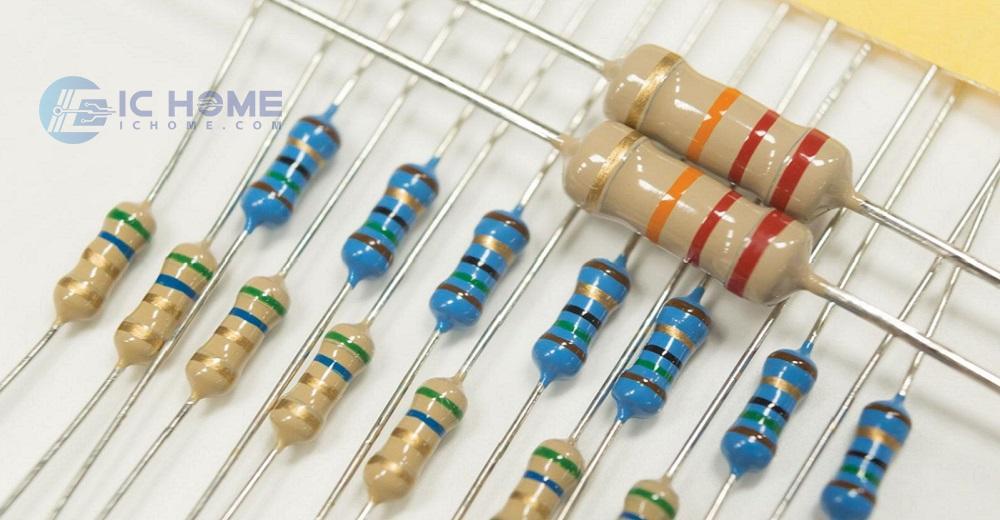
Key Resistor Manufacturers and Popular Part Numbers
In the realm of electronic components, a few major manufacturers consistently deliver high-quality resistors, covering various resistance values, tolerances, and power ratings. For example:
Vishay Dale: Such as the RN55D series, are often chosen for military and aerospace applications due to their high reliability and durability.
Yageo RC Series: A popular choice in consumer electronics, the Yageo RC1206 is a surface-mount chip resistor ideal for high-volume, cost-sensitive applications.
TE Connectivity CPF Series: The CPF0402 offers high accuracy and stability, suitable for precision instrumentation.
These manufacturers offer resistors across a wide range of values and tolerances, providing tailored solutions for various electronic applications, including audio equipment, automotive, and industrial automation.
Resistor Applications Across Different Industries
The choice of resistor is often determined by its intended application. Engineers consider several factors, including power dissipation, resistance tolerance, and environmental conditions. Here are some common applications:
Automotive Industry: Resistors are used in automotive electronics to manage power distribution and stabilize voltage. For example, shunt resistors are often employed in electric vehicles (EVs) to measure current flow and manage battery performance.
Industrial Control Systems: Power resistors are essential in controlling large currents in factory automation. High-wattage resistors, such as cement resistors, are frequently used in these applications to handle high power loads while maintaining stability.
Consumer Electronics: Precision resistors like the RC1206 series are used in smartphones and laptops to maintain consistent performance under varying temperatures and environmental conditions.
Aerospace and Defense: Resistors with high reliability and endurance, like those in the Vishay Dale RN series, are critical for military applications. Their stringent specifications meet the demands for accuracy and durability under extreme conditions.
The application requirements often dictate the choice of resistor, as some environments may require high-temperature stability, shock resistance, or specific tolerance levels. By understanding the demands of each industry, engineers can better select resistors that meet their application needs.
Resistor Packaging and Case Types
Packaging and case types play a crucial role in the functionality and longevity of resistors. Here’s an overview of common packaging options and cases:
Axial Leaded Resistors: This traditional form factor, where leads extend from both ends, makes axial resistors like the RN55D easy to place on through-hole printed circuit boards (PCBs). These resistors are also commonly used for applications requiring stability and resistance to mechanical stress.
Surface-Mount Technology (SMT) Resistors: SMT resistors, such as the RC1206, come in compact cases, allowing for high-density board designs. They are commonly available in standard sizes, including 0402, 0603, and 1206. These cases facilitate automated placement on PCBs, enhancing production efficiency.
Cement and Wire-Wound Resistors: For applications that generate significant heat, such as power supplies or motor controllers, cement or wire-wound resistors in ceramic packages are ideal. These cases can handle high temperatures without degradation, making them suitable for high-power applications.
The choice of packaging depends on the resistor’s application, required durability, and the environmental conditions it will face. For instance, SMT resistors are optimal for compact devices, while cement resistors are chosen for high-heat environments.
Choosing the Right Resistor for Your Needs
Selecting the ideal resistor requires evaluating several factors, including:
Resistance and Tolerance: Specifying the resistance value and tolerance percentage is critical. Precision applications often require low tolerance levels, while general-purpose applications can tolerate a broader range.
Power Rating: The power rating is essential for preventing overheating and ensuring longevity. Applications with high current loads require resistors with higher power ratings, such as 1W, 5W, or even higher.
Temperature Coefficient: Resistors in demanding environments should have a low temperature coefficient, which indicates stability over a range of temperatures. Lower coefficients are often needed in precision devices to avoid performance variations.
By aligning resistor specifications with application needs, professionals can make informed choices that enhance reliability and performance.
Conclusion
Understanding the distinctions among manufacturers, part numbers, applications, and packaging options equips engineers and procurement professionals with the insights they need to choose the most suitable components. Whether it’s a high-precision resistor for aerospace applications or a cost-effective SMT resistor for consumer electronics, selecting the right resistor ensures optimal performance and durability. Through careful consideration of the factors outlined above, professionals in the electronic components industry can make informed decisions that meet both budgetary and technical requirements.
For more information or to request a quote, please feel free to send us an RFQ.

